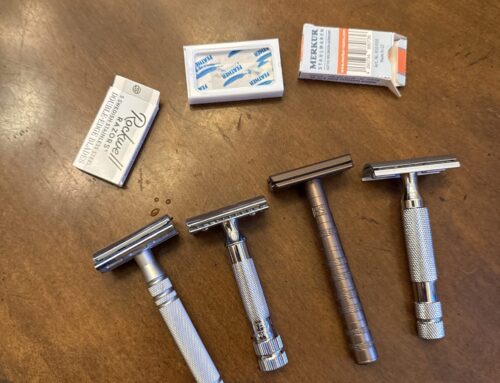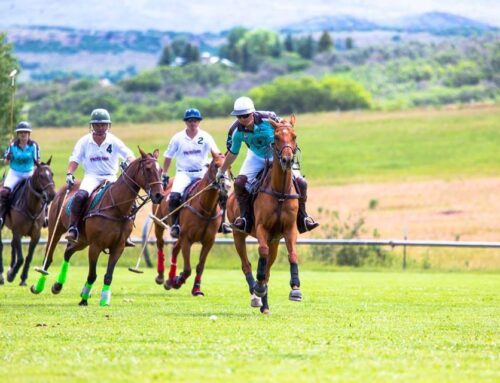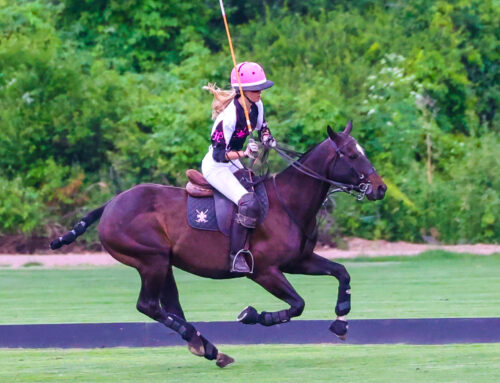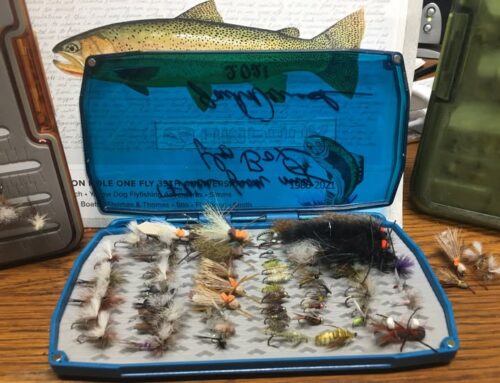For many climbers starting out, it makes sense to assume that you should focus on getting stronger if you want to climb harder. Certainly, strength is important if you want to progress to harder climbs (check out these posts here and here for tips on gaining strength), however learning to move more efficiently can really give you a leg up on your climbing goals.
Maybe you find yourself stalled and pumped out at a certain grade or maybe you’re wondering how others are able to easily glide up a climb that feels impossible to you. Whatever the case, we’ve got some tips straight out of our Intro to Movement classes that can help!
FOOTWORK AND CLIMBING GO TOGETHER LIKE PEAS AND CARROTS
One of the first things our instructors will urge you to focus on is footwork, footwork, footwork. The more you focus how to move your feet, the less likely you’ll be to burn out your arms hoisting yourself up.
Sounds great, right?
Sure does, but chances are you’ve already formed some strong, arm-intensive bad climbing habits. Let’s break those habits by playing a few games that are guaranteed to teach you how to use your feet to propel you upwards (make sure to try these games on routes/problems that are 4 grades lower than you normally climb).
- Robot Arms. Pssst! Climbing with straight arms is an amazingly efficient way to climb, but it’s easy to forget that when the next hold is right there and easy to strong arm. That’s where “Robot Arms” come in. Pretend your arms are incapable of bending and climb. You’ll find that without the use of your elbows, you’ll have to use your feet and figure out how to maneuver your body, and specifically, your hips to get up the wall. Check out our video to see the difference in body mechanics between climbing with straight arms vs bent arms.
- Quiet Feet. There are several variations of this game. You can tie a bell to your shoe and move slowly enough to keep the bell from making noise. You can spend three full seconds (which definitely feels like an eternity) carefully placing your foot on a hold. OR you can pretend that your foot is glued to the hold once it’s placed—once it touches the hold, you’re not allowed to move it until you’re moving it to another hold. Sure, climbing routes this way takes way longer, but this one exercise has several benefits:
- When you’re spending so much time carefully placing your foot as quietly as you can, chances are you’ll spend a lot LESS time thinking about using your arms to climb up.
- As you play this game, you’ll find that you’re not only focusing on the hold you’re currently placing your foot on, but the ones that follow. Sequencing a route, or planning out your moves before you do them, becomes much easier if you’re taking the time to look at current and future moves and foot placements.
- Two Feet + One Hand. For every handhold you grab, you must move both your feet. For example, if you move your right hand to a new hold, before you move your left hand you MUST move both feet to different holds. Note that you can switch your feet, step down, sideways, etc. as long as it is a different hold! Moving your feet up as much as possible leads to bigger moves, which means you’ll get to the top quicker and more efficiently.
- Hip Into The Wall. We’ve spent a lot of time talking about your feet in this article, but the hips don’t lie, so let’s think about using them more when climbing. In this game, for each movement you make, you must alternate your hips touching the wall. Sounds awkward, but this game encourages pivoting your feet, which helps keep the strain off your arms by keeping your hips closer to the wall.
Contributed by Brent Smith, Shift Supervisor and Rock Guide for Movement Englewood.
Read this next:





